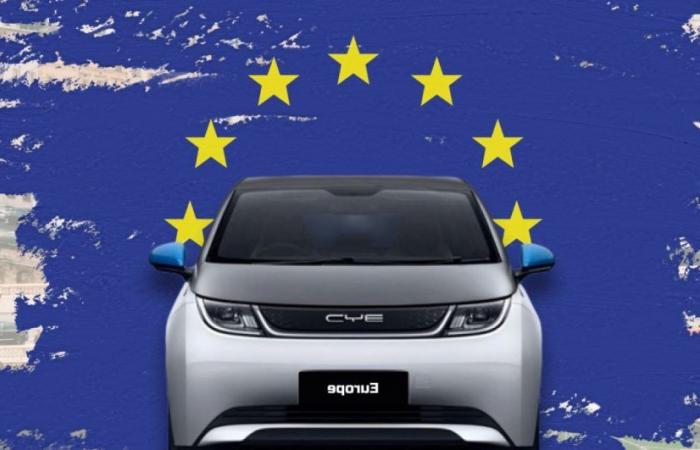Electric car news
You are probably aware of the tense climate currently reigning between China and the European Union regarding the issue of imports of electric cars. Recently, the European Union carried out a slight adjustment of its customs tariffs planned for electric vehicles from some Chinese manufacturers. The move, while minimal, offers a glimmer of hope that the two superpowers can continue negotiations on these tariffs before their imminent implementation.
Reasons for a tariff adjustment
In the midst of a possible trade conflict, following the EU’s initial proposal to impose tariffs on electric vehicles built in Chinaa respite has been found. Chinese automakers, such as SAIC and Geely, have transmitted more information on their commercial structure to the European Commission. The latter, in response, slightly revised downwards the initially planned tariffs.
This adjustment, although minimal, conveys a clear political message: the possibility of open discussion and negotiation. For example, for SAIC, the rate was changed from 38.1% to 37.6%while for Geely it is increased from 20% to 19.9%. Although these changes may seem insignificant in percentage terms, they are symbolically very powerful.
The issue of tariffs and its repercussions
By adopting slightly lower tariffs, the EU is sending an unspoken signal that not all doors are closed. This decision raises a series of reflections:
- Economic diplomacy: This can be seen as an attempt to keep an open bridge between the EU and China. It appears that the EU is ready to listen and adjust its policies, which is essential in any international trade.
- Impact on manufacturers: These slight adjustments allow Chinese manufacturers to predict their export costs to the EU with a little more precision.
- Reaction of other actors: This could also influence other regions such as the United States and Canada, which are also considering similar measures.
These additional tariffs come on top of a 10% customs duty already in force in the EU and target not only companies that cooperated with the subsidy investigation, but also those that did not. THE additional rates proposed are 20.8% on weighted average and 37.6%, respectively.
Chinese strategy and European reaction
In this economic standoff, China is not left out. China’s Commerce Ministry has been very vocal about its frustrations with the EU’s “unprecedented” demands and has even compared them to levels of espionage. A meeting was orchestrated in Beijing between the ministry and several big Chinese and European automobile names, such as SAIC, BYD, BMW, Volkswagen and Porsche, to seek solutions and avoid further escalations.
This event highlights the importance of dialogue and establishing consensus before arriving at drastic measures. European manufacturers, aware of the issues, are trying to play the role of mediators to prevent retaliatory measures from China, which could increase tariffs on imports of gasoline cars from the EU.
As discussions continue, the balance is fragile. The adjusted tariffs must initially take effect on July 4, before the final duties are introduced in the fall. The recent meeting between the different parties shows a possible path towards an acceptable compromise, rather than a total removal of the new tariffs.
Written by François Zhang-Ming
I have always shown a keen interest in science and technology from a very young age. I have a dual culture, Chinese through my mother and French through my father but also through my studies, which allows me to be very familiar with the technological innovations of the Far East.
React to the article






